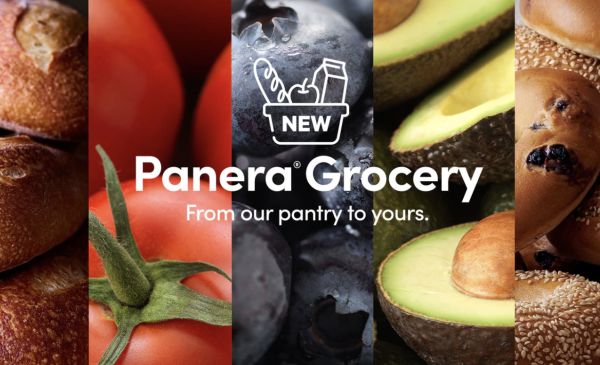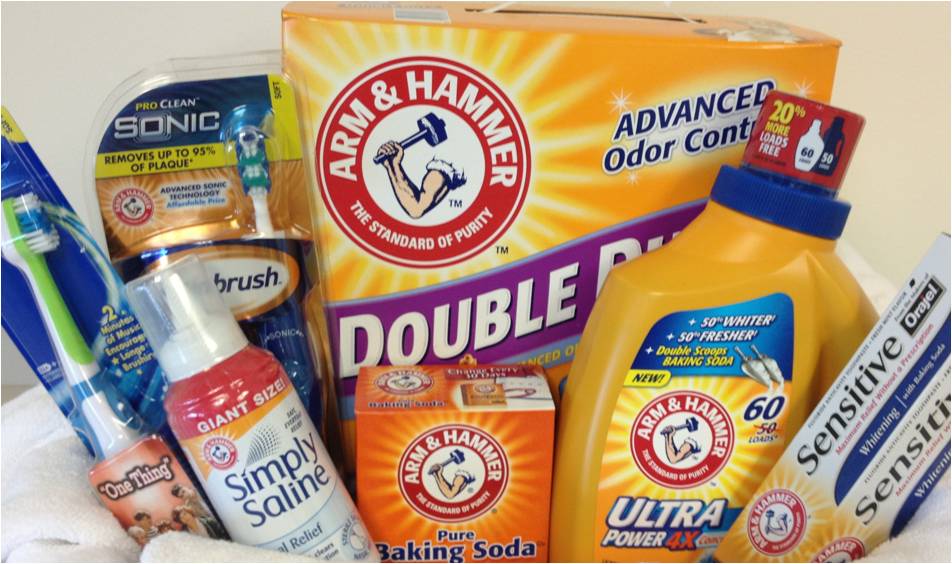Starbucks is trialing a new coffee called Starbucks Via in its London cafés. Unlike the chain’s traditional fare, it is an instant coffee that offers consumers the opportunity to enjoy their favorite brew in the comfort of their own homes.
What is driving the product launch is no mystery. Via is an attempt to retain sales, albeit less profitable ones, from recession-hit consumers who are spending less on life’s little luxuries, like Grande Caffè Lattes.
Meanwhile, in Zurich, football governing body FIFA has decided to kick off a major product diversification, too. It is to complement its existing business, running some of the world’s biggest sporting tournaments, by getting into clothing. In August, FIFA will launch five clothing ranges linked to football and the 2010 World Cup, in South Africa.
Both of these initiatives, like the vast majority of new launches, are likely to fail. Yet, one of them is much more risky. They may appear to be similar attempts at diversification, but one is a line extension, while the other is a brand extension. Although most marketers struggle to differentiate between these two concepts, the distinction has critical implications.
FIFA’s clothing is an example of a brand extension. Here, a company leaps from its existing category (running football competitions) and uses its brand awareness to open a bridge into a completely new category (clothing). A great deal of research has been done on brand extensions over the past 20 years and we know a lot about how they work and why they usually fail.
We also know something crucial about the impact FIFA’s clothing will have on its reputation as a footballing organization: none whatsoever. When you embark on a brand extension like this, it’s unlikely that the new venture will do any damage to the original brand, even if it is executed badly.
Starbucks’ Via, however, is an entirely different cup of coffee altogether.
It is a line extension, which means a company uses its brand to launch an additional product or service in its existing category. The good news is that line extensions are easier to develop, and often more successful, than fanciful brand extension ventures.
However, the bad news is that when a line extension fails, particularly when it offers a poor experience, the fact that it is in the same category as its parent brand poses a much greater risk of damage to that brand. And so it is with Via. According to Starbucks, its brand derives much of its equity from its cafés. It describes these as ‘a haven’ where taking ‘a break from the worries outside’ builds a ‘sense of belonging’ among consumers.
Via offers none of these attractions. It will be consumed in cold kitchens with a kettle for company and none of the usual Starbucks comforts on hand.
By selling Via in its cafés, Starbucks has also ensured that this contradictory experience will have an impact solely on existing customers. They will have their brand associations undermined while being simultaneously offered a lower-priced, lower-margin alternative.
It seems to me that with every cup of Via, Starbucks hurts itself. It becomes instantly ready, rather than expertly produced; a cheap domestic pick-me-up, rather than a warm escape to comfort; a commodity coffee, rather than a Starbucks.
As usual, the greatest threat to a strong brand comes not from its competitors but from itself. When times are tough, a poor strategy and financial pressures make for an unpalatable blend indeed.
Courtesy of Marketing Magazine
The Blake Project Can Help: The Brand Licensing Audit
Branding Strategy Insider is a service of The Blake Project: A strategic brand consultancy specializing in Brand Research, Brand Strategy, Brand Licensing and Brand Education





4 comments
Petra
May 7, 2009 at 10:06 am
One can certainly imagine the new Via undermining Starbucks brand by not being expertly produced and being cheaper than the regular Starbucks. But on the other hand, I can not see why Via could not offer the same experience as Starbucks, only at home. Why can’t Via offer ‘haven’ and ‘a break from the worries outside’ at home, at a better price? In the time of crisis people can not easily give away $4 for a Grande Caffe Latte, but having Via means being able to keep their little pleasures and feel special, even if at home.
Brandon R Allen
May 7, 2009 at 10:53 am
Interesting move by Starbucks. I will definitely be watching this a little closer to see how things turn out. I like the comparison of a brand that can take chances a little more freely vs one that needs to be more careful with their brand. I would like to think that if Howard Schultz is right and they have been developing this for 20 years that it should be OK.
Martin Bishop
May 7, 2009 at 11:49 am
I did a taste test of the new VIA product vs. Starbuck’s own ground coffee and Taster’s Choice (similar to the UK’s Nescafe Gold). See the results here: http://tinyurl.com/c727xf
The product is, in fact, amazingly good and much better than other instant coffee products. But my question is: so what? In the U.S., that will just give them, at best, a leading position in the camping products market.
It could be a more significant opportunity in the UK perhaps but, as you point out, the more successful it is there, the more it undermines the coffee shop experience.
Emily Brackett
May 7, 2009 at 2:18 pm
I’m definitely watching Starbucks Via with interest. On the one hand, the reviews of the actual coffee have been quite favorable, and I do think that matters. On the other hand, I agree with your critique as the status of buying an expensive coffee and the expertise of the baristas is lost.
I think that whole “status” thing is at the heart of it. There were always groups of people who could not imagine paying $4 for a coffee and brewed it at home. I wonder if these people will be open to Via, or if it will just be normal Starbucks buyers who are brewing at home (but not buying regular roasted coffee?).
Comments are closed.